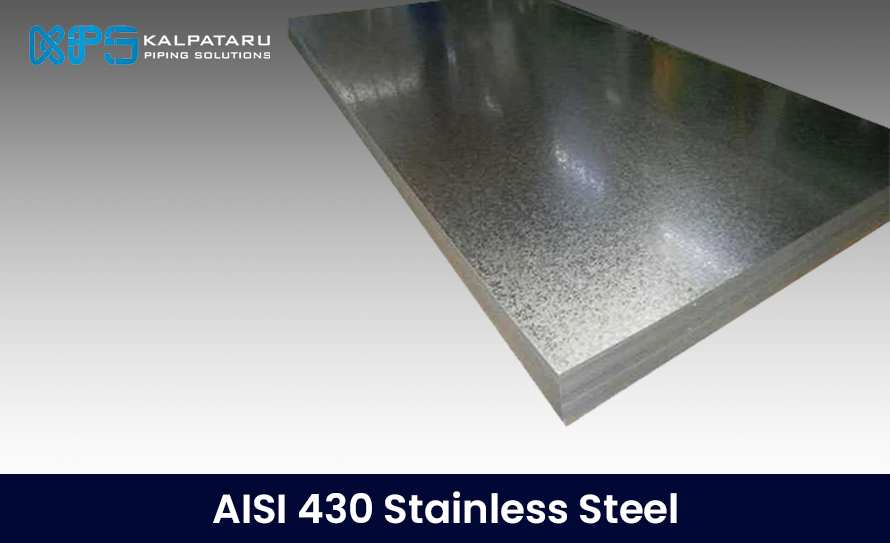Carbon steel is one of the most widely used and essential metals in daily life. From household items to industrial applications, steel plays a significant role. Various types of carbon steel exist, each serving different purposes based on its unique properties. Its versatility and characteristics make it valuable across numerous industries, from construction to manufacturing. Whether it’s tools, appliances, or infrastructure, carbon steel contributes to many aspects of modern life.
Definition of Carbon Steel
Carbon steel is a type of steel alloy that contains between 0.12% and 2% carbon. It is typically defined by its low content of other alloying elements like chromium, nickel, molybdenum, or titanium. If steel contains less than 0.4% copper, it is also classified as carbon steel. Additionally, steel with more than 1.65% manganese or less than 0.6% copper falls into this category. Essentially, carbon steel refers to any steel that is not classified as stainless or alloy steel.
Carbon Steel Properties
High-carbon steel typically contains about 0.8% to 2.11% carbon, with an average around 1.5%. This high carbon content makes the steel very hard. However, the increased carbon also makes it less flexible, so it can become brittle and prone to fracturing under stress.
Uses of Carbon Steel
Carbon steel is widely used across various industries, and its applications depend on its type: ultra-high carbon, high carbon, medium carbon, and low carbon.
Ultra-High Carbon Steel:
This type is extremely hard but also quite brittle, making it difficult to work with. It’s used for applications like blades, large machine parts, metal lamp posts, cutting tools, and hot water radiators.
High Carbon Steel:
Known for its high tensile strength, this steel is popular for making cutting tools, punches, springs, high-strength wire, knives, and drill bits.
Medium Carbon Steel:
This steel is easier to machine and often enhanced with small amounts of silicon and manganese. It’s used in construction for buildings and bridges, as well as in gears, pipelines, fridges, and cars. It’s also referred to as mild steel.
Low Carbon Steel:
Typically rolled into sheets and strips, low carbon steel is used in shipbuilding, vehicle bodies, domestic appliances, and wire. It’s also commonly found in gates, fencing, and railings.
Advantages and Disadvantages
Advantages:
- Strength and Hardness: The carbon in carbon steel enhances its hardness and strength, making it stronger compared to many other materials.
- Flexibility: Its properties make it suitable for various applications, including press machinery and structural components.
Disadvantages:
- Welding Difficulty: Carbon steel can be challenging to weld, which can complicate manufacturing processes.
- Brittleness: While its hardness is beneficial for tools, it also makes the steel prone to breaking under stress. Compared to some specialty steels, it may not perform as well in certain applications.
Conclusion
Carbon steel is a fundamental material in many industries, characterized by its carbon content ranging from 0.12% to 2%. This alloy’s properties change with carbon levels: low-carbon steel is flexible and widely used, medium-carbon steel balances strength and ductility for various components, and high-carbon steel is very hard, suited for cutting tools and high-strength applications.
Understanding these properties helps in choosing the right type for specific needs. While carbon steel presents some challenges, like welding difficulty and potential brittleness, its versatility and essential role across different sectors make it an invaluable material.
FAQs
Is carbon steel better than steel?
Carbon steel is generally stronger than mild steel, being up to 20% stronger, which makes it ideal for high-strength applications. However, it can be more expensive, which may be a drawback compared to mild steel.
What metal is carbon?
Carbon steel is an alloy consisting primarily of iron and carbon. It is characterized by its high carbon content, typically around 0.05% to 2.5%, which distinguishes it from other types of steel like stainless steel.
What carbon steel uses?
Low-carbon steel is used for smaller products like nails, wires, pipes, and chains. High-carbon steel, known for its greater durability, is used in cutting tools, springs, coils, wrenches, hammers, and other tools and equipment in construction.




